GUT FEELING
A DINNER TABLE
FOR HOLLY KEASEY'S THREE SISTERS
STOCKHOLM, SWEDEN, 2022
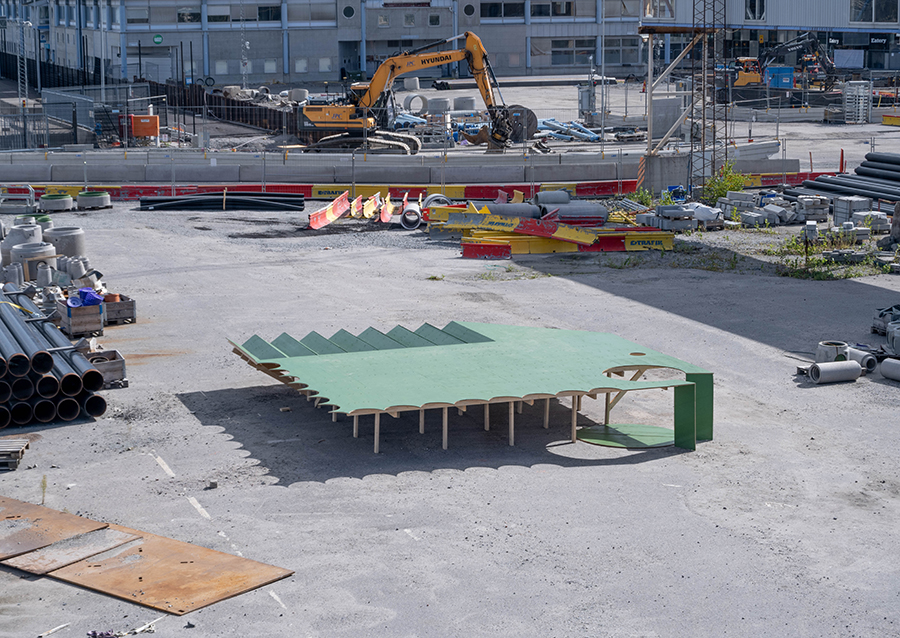
Intuition. Affect. Premonition. Vibe. The gut is celebrated in contemporary culture as an organ that both registers and reacts in real time—it offers us a repository of knowledges with which to feel, rather than think. But isn’t there a danger in the facilitation of thoughtless action and the production of a perpetual present? No wonder we all feel so sick all the time. In this public art commission, Secretary worked with artist Holly Keasey to perform the gut as that which binds us to each other, through the infrastructures our metabolisms connect us to and the city those infrastructures in turn create.

Gut Feeling is a scenography that Secretary designed and built in support of the final installment of Three Sisters, a series of experimental dinner-workshop performances by the artist Holly Keasey that took place within Mossutställningar’s public art program Artistic Undressings of Stockholm Royal Seaport. Named after the mysterious phenomena when three consecutive rogue waves occur, Three Sisters invited groups of diners to locations in the vicinity of the Royal Seaport in order to collectively dream of alternative approaches to (urban) development. The final dinner was held on August 30, 2022, over two sittings, and took place on a construction site adjacent to one of the basins that define Stockholm’s Värtahamnen port area. An installation by sound artist Hara Alonso, a talk by planner and theorist Alva Zalar, and a reading by medium Ronnit Hasson accompanied the 5-course anti-inflammatory meal designed by Holly Keasey and a very raw smoothie performed by drag king Herman Winter. Secretary constructed Gut Feeling on site over a period of four days, assisted by Simon Bengtsson and Oskar Larsson.
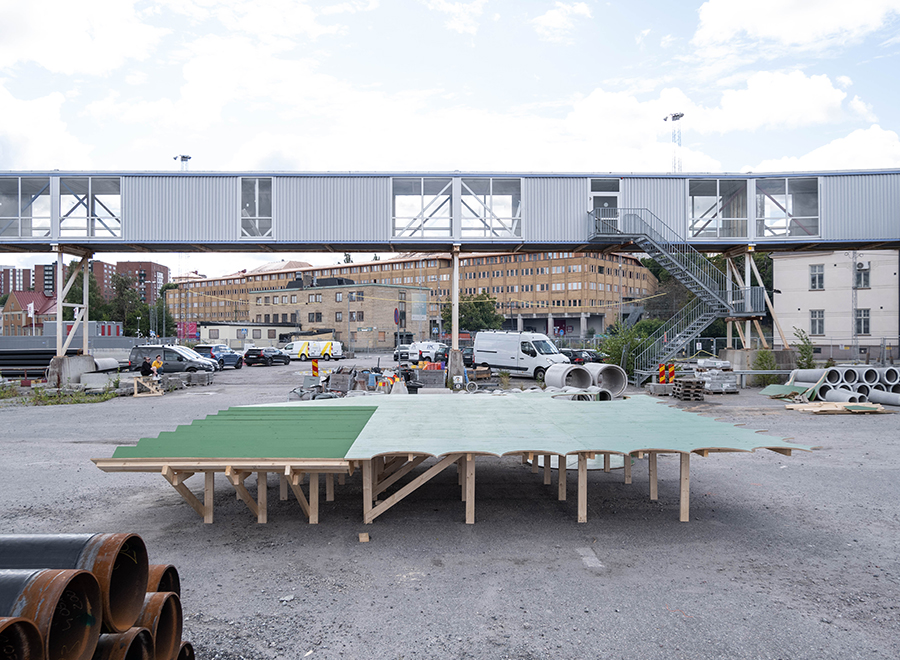
Fulfilling the functions of a table, a stage, and a storage rack for reclined bodies, Gut Feeling takes the form of a 47-square-meter table, surrounded on two sides by scalloped single-seat bays. The bays place the table at face height, allowing 16 guests to be “fed” by those standing on the tabletop. The surface of the tabletop, which is accessed on the diagonal, simulates the future ground height of the streets of “Valparaiso,” the neighborhood that is to be built here in coming years. It can accommodate 16 people. Beneath the surface is a circular space of contemplation, accessed by way of a narrow opening; here, the timber structure of beams and posts is revealed—the site recedes and a more intimate conversation between 8 people becomes possible. Along one edge, the surface has been subjected to a concertina fold; this creates a series of horizontal troughs, which are accessed by paired steps that require the guest to balance their weight and then shimmy into place. Firmly wedged into place in their triangular coffins, guests are administered fluids by means of suckable tubes connected to IV bags suspended above their heads, whilst they look at the sky.
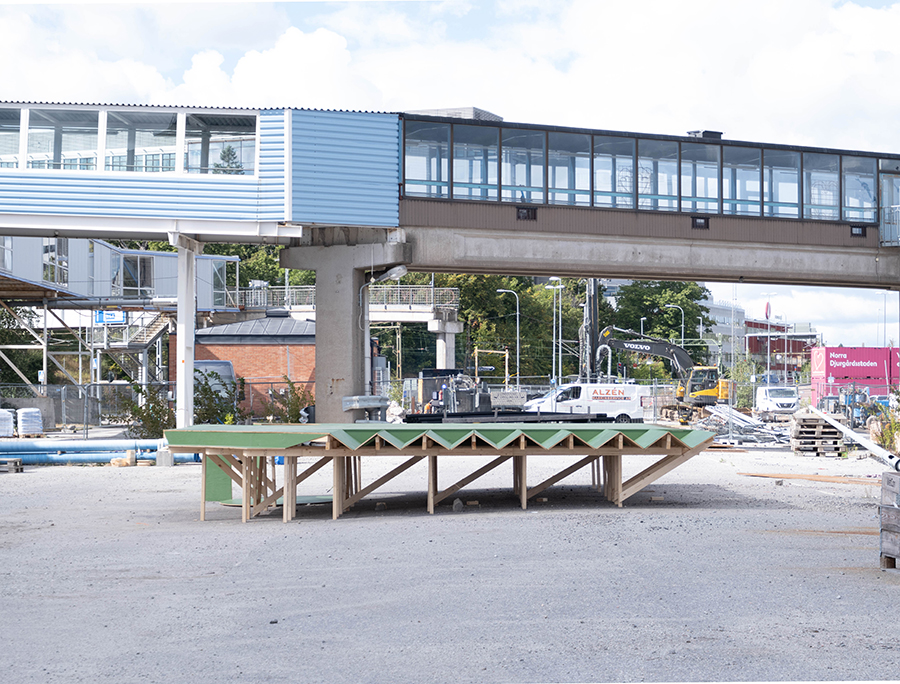
Valparaiso, this nascent neighborhood which is yet to be born but currently deprived of all previous functions, will soon accommodate offices, commercial premises, infrastructure and housing. The planning of the area, according to the City of Stockholm, currently finds itself in an initial stage. Infrastructure has a certain vibe, an attractive and repulsive power, when it is in an initial stage. Prior to its insertion, connection, and subterranean installation. Prior to its operation, to the moment when the shit hits the fan, when water (rainwater, potable water, runoff), electricity, information, and excrement begin to reticulate through the network that it will form.
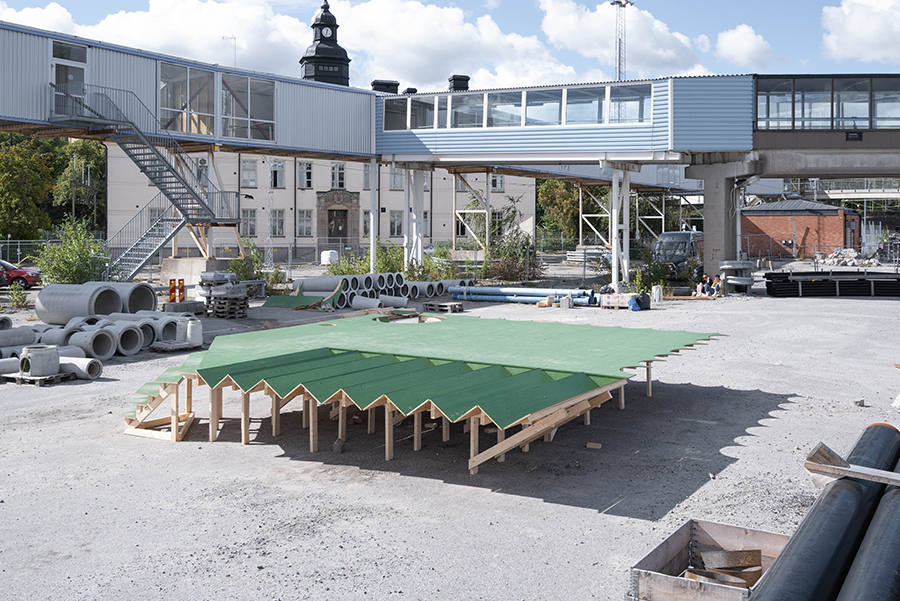
“For every body to move, it must have a surface of some kind,” writes philosopher Judith Butler in her essay “Rethinking Vulnerability and Resistance,” concluding that “it must have at its disposal whatever technical supports allow for movement to take place.” Infrastructures make life and action possible in the present. As a future possibility they help us to dream of other connectivities. In Utopology: A Re-Interrogation of the Utopian in Architecture, architect Fredrik Torisson argues that utopia must be addressed not in terms of its contents “but what lies behind it, how it is formed, and importantly, how it is expressed.” It is the expression of utopia, of what Alva Zalar terms a queer utopia and we think of as a repressed potential for collectivity, that we were interested in high-jacking, hot-wiring, and jump-starting by way of the gut. Gut Feeling is a table but it tried to also be, for one night, an infrastructure, albeit in a very initial stage.
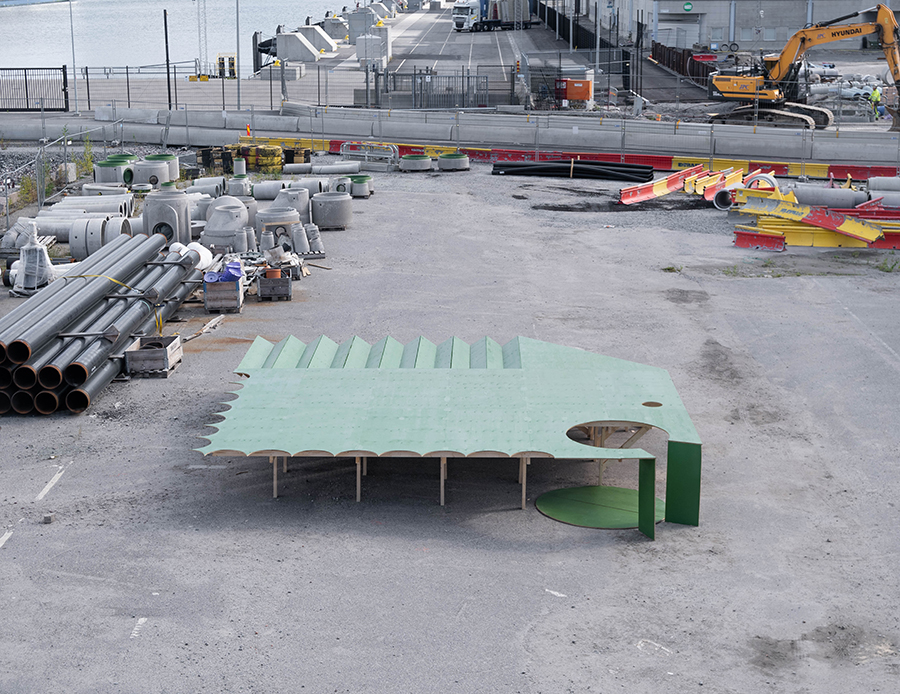
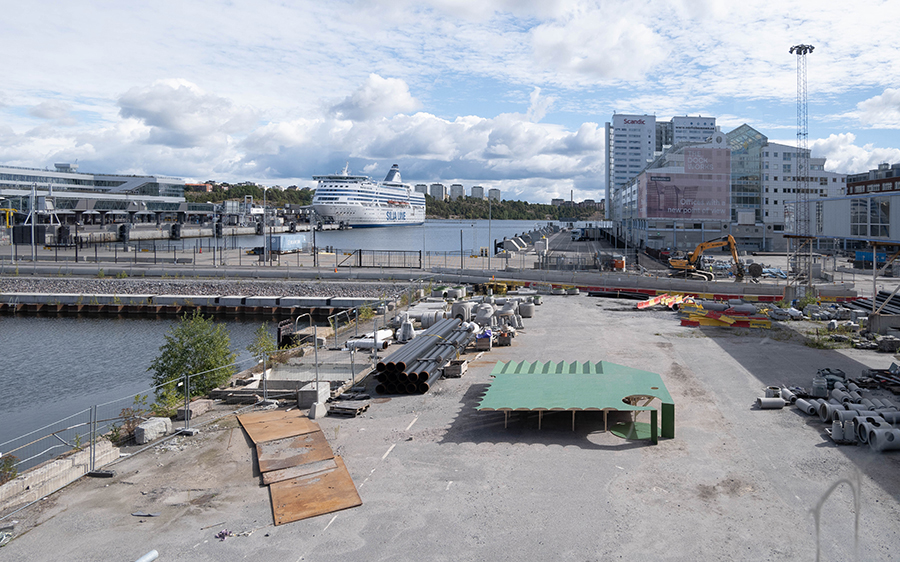
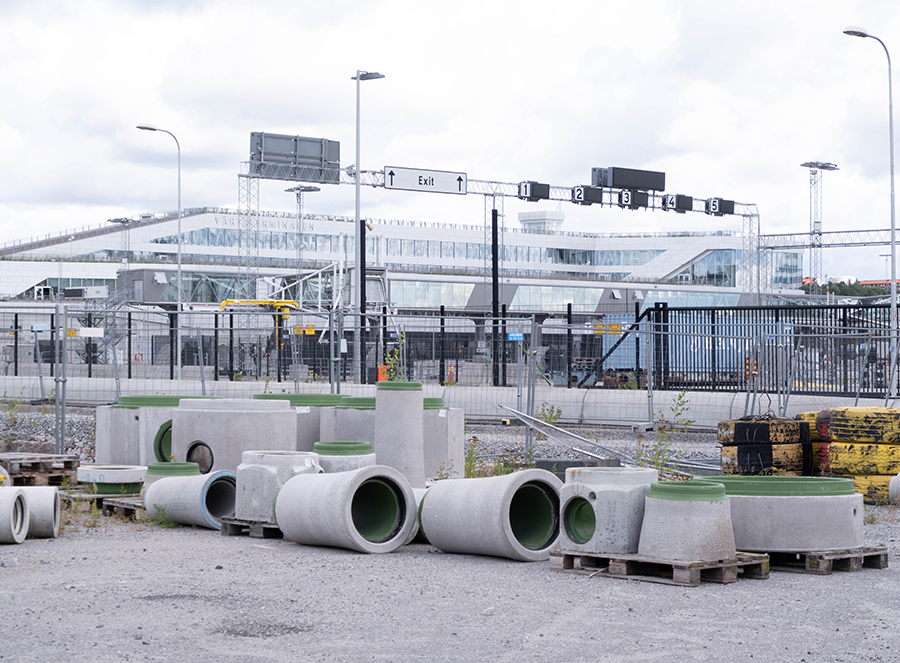
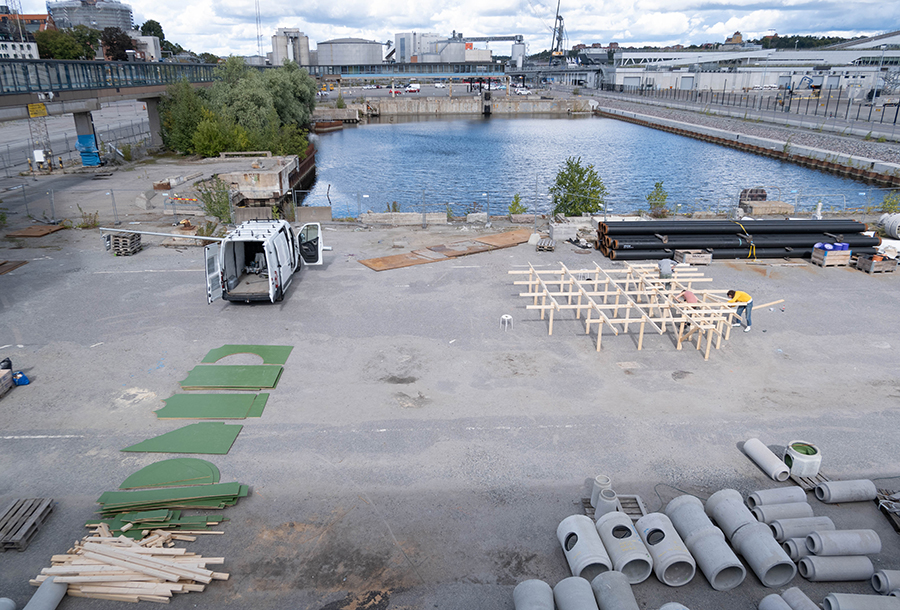
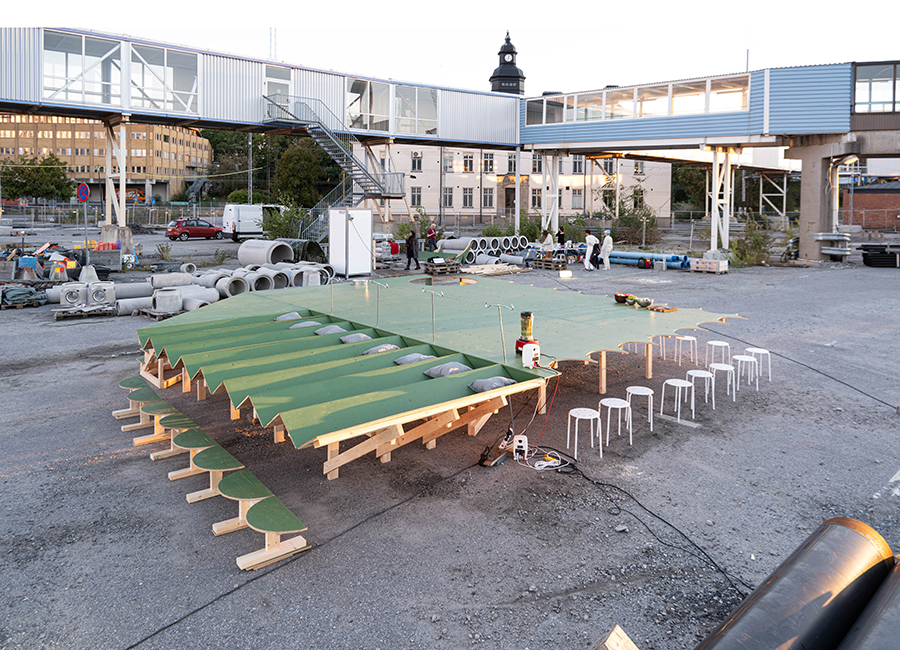
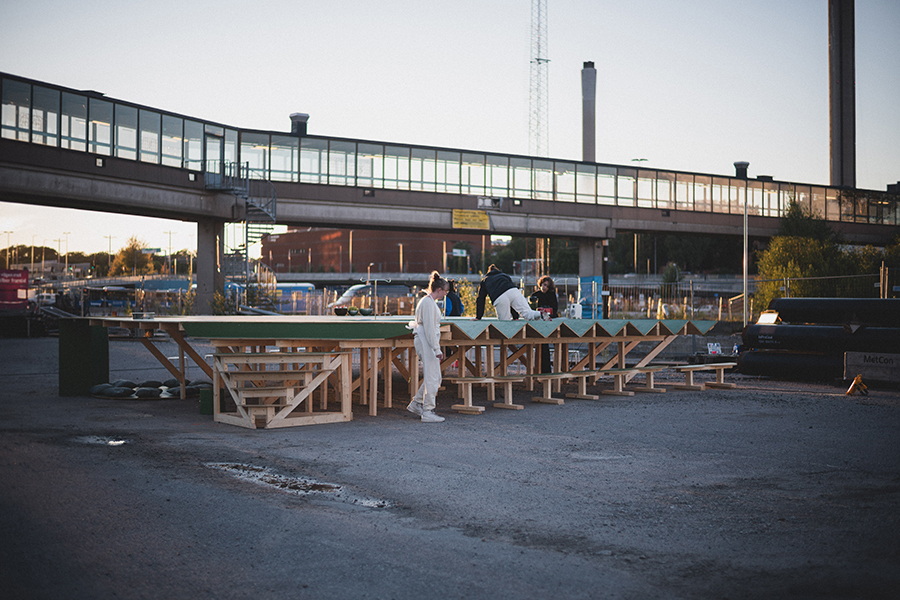
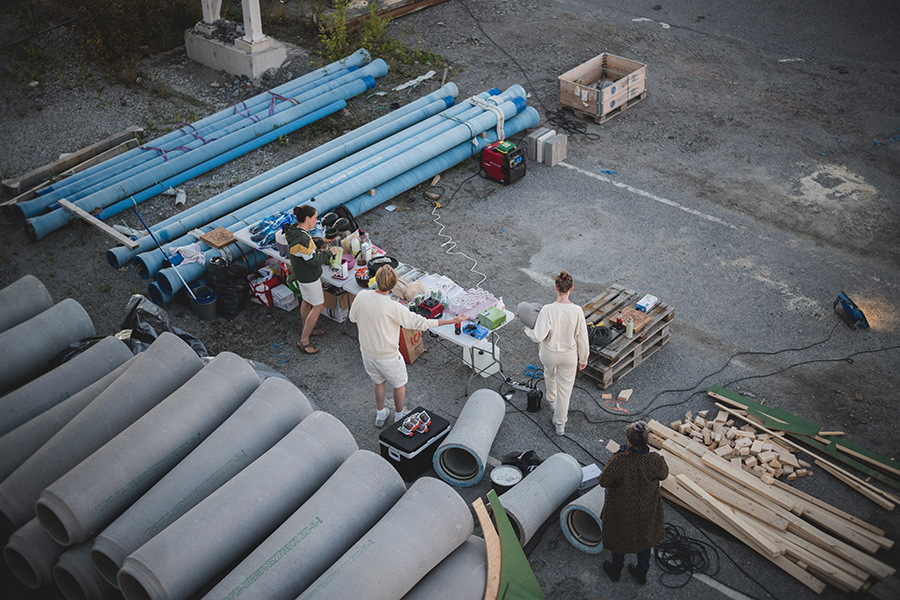
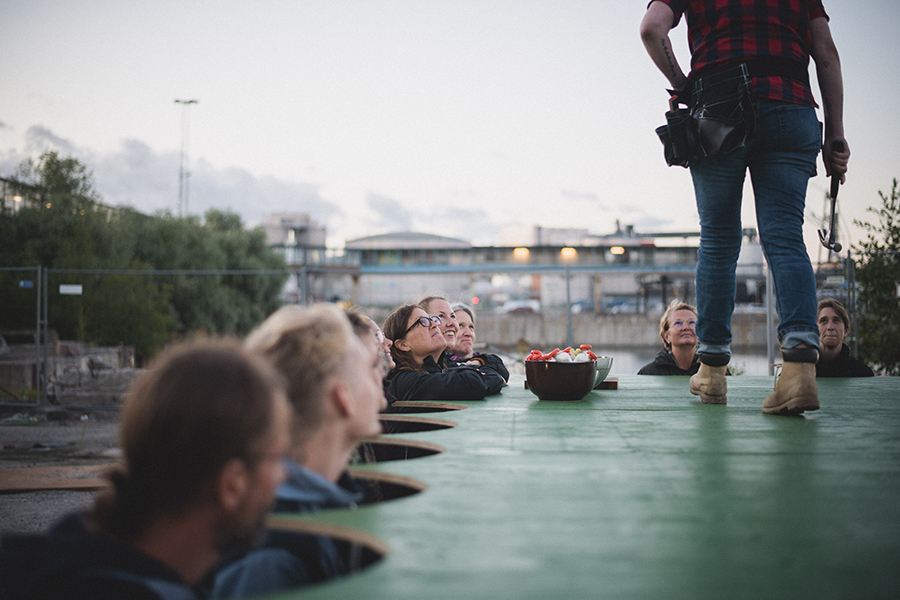
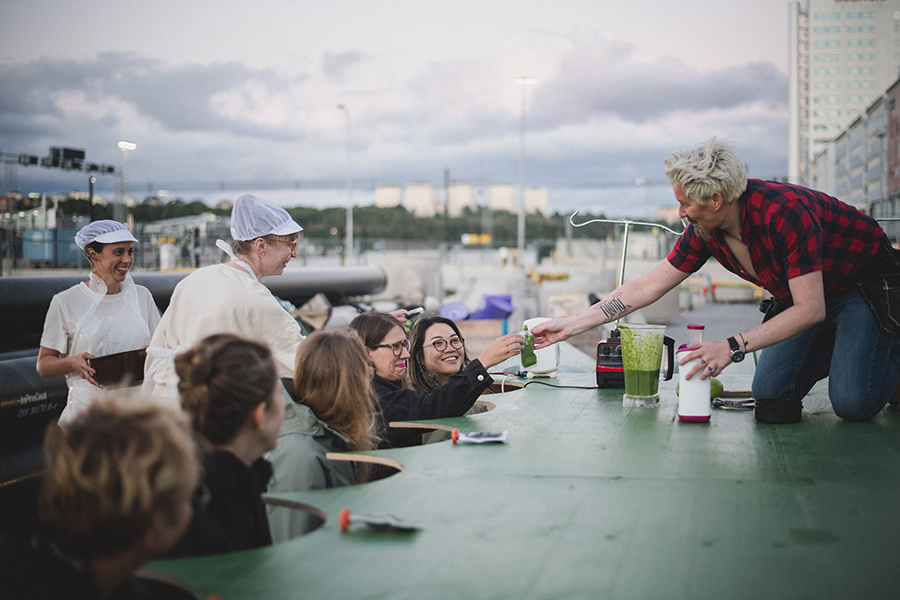
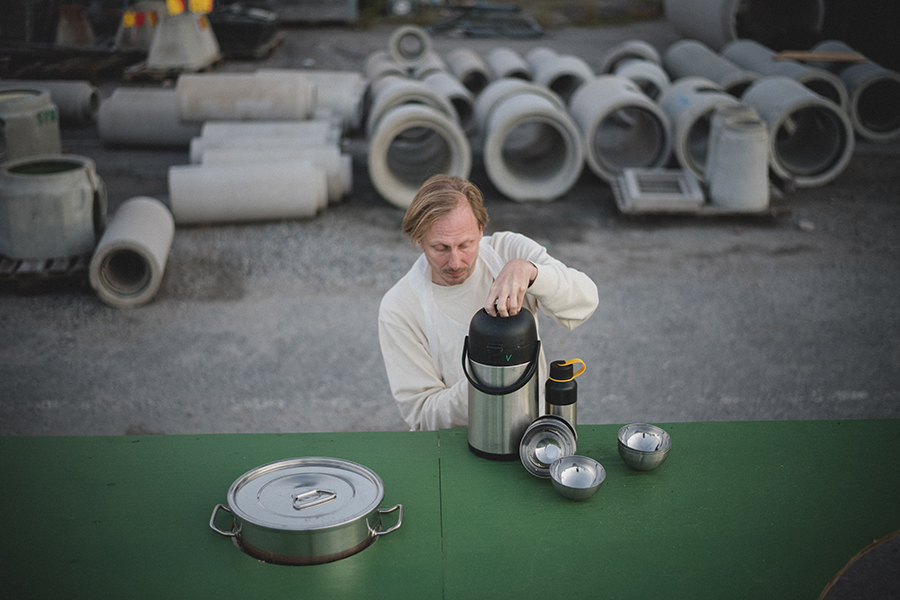
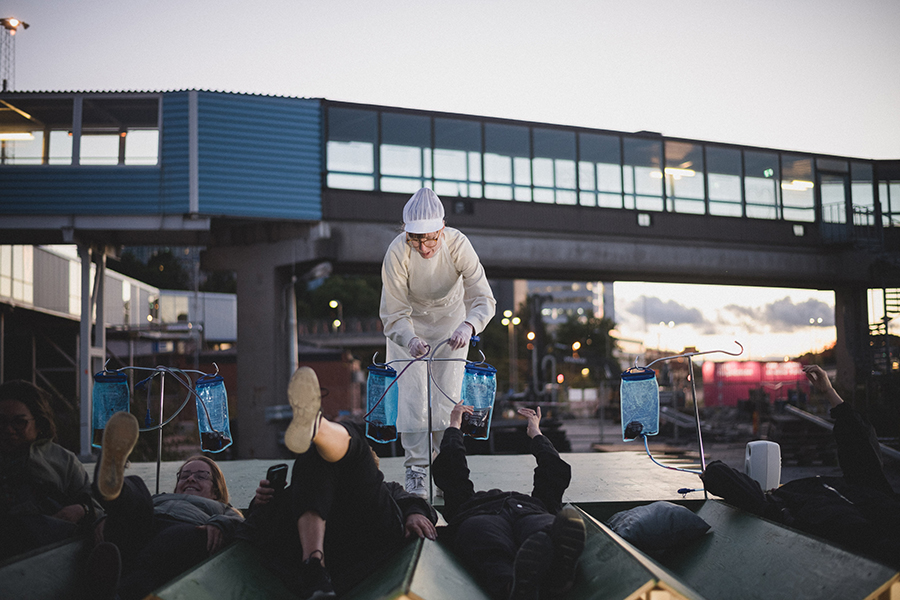
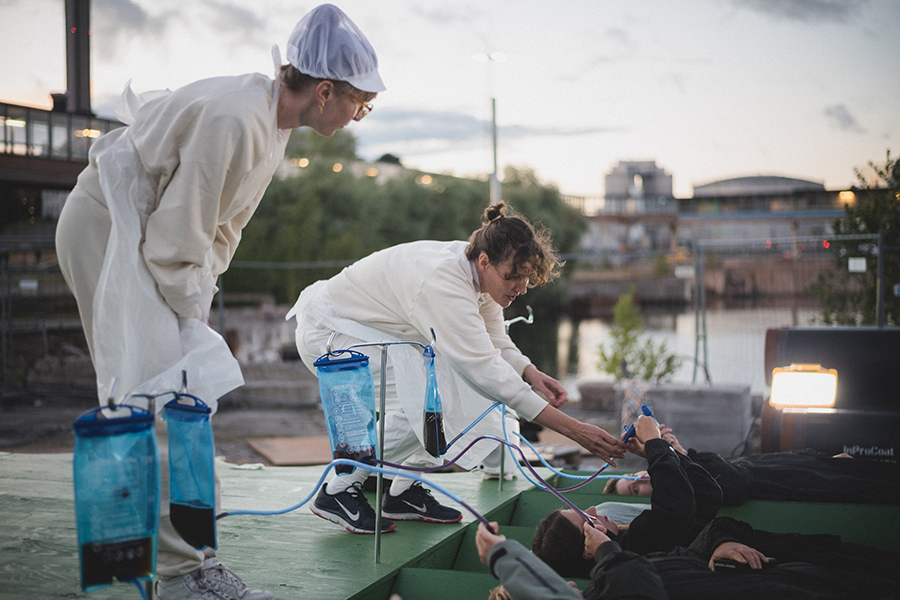
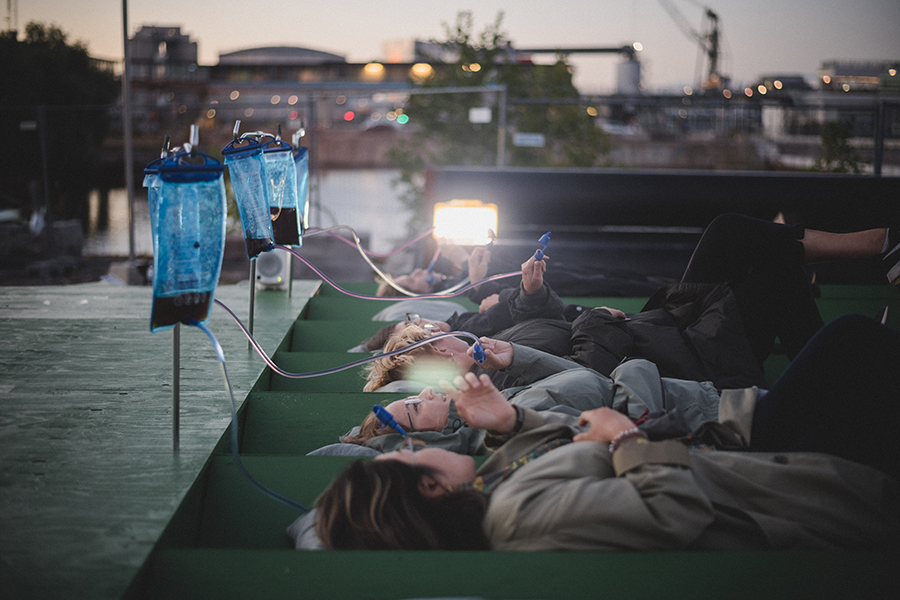
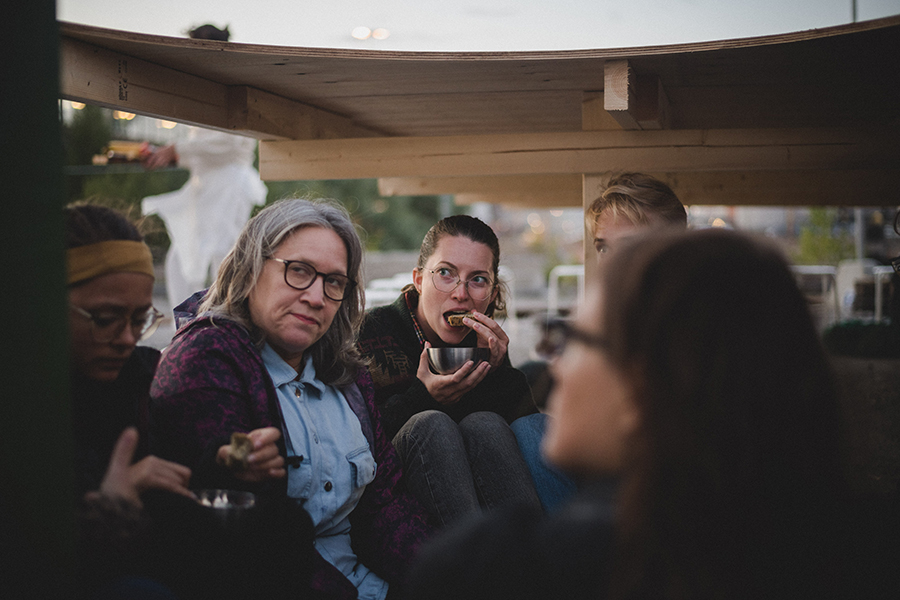
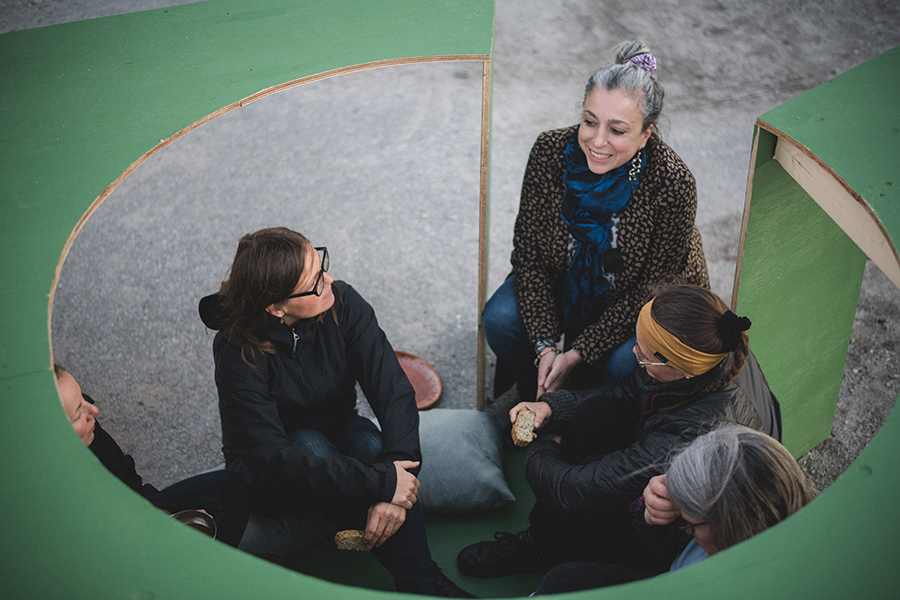
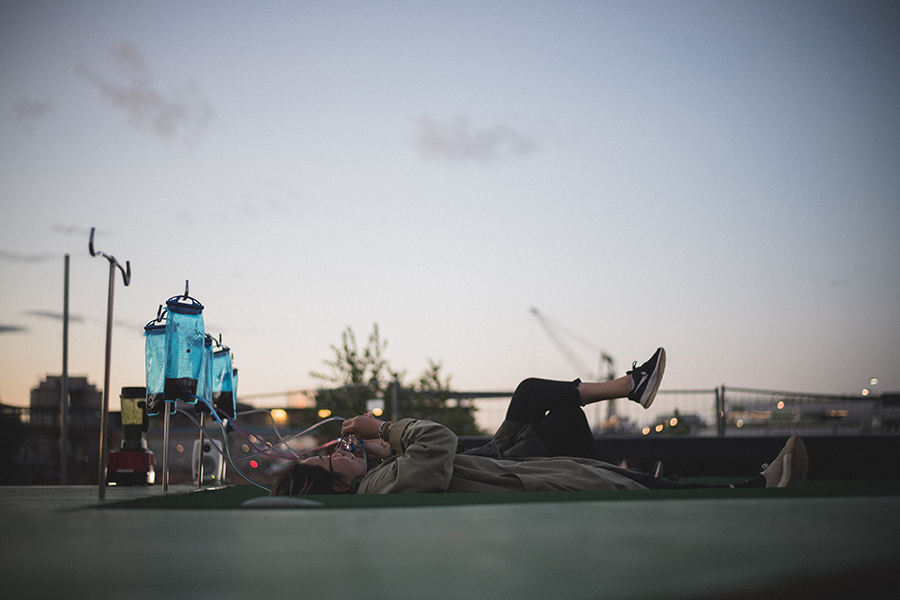
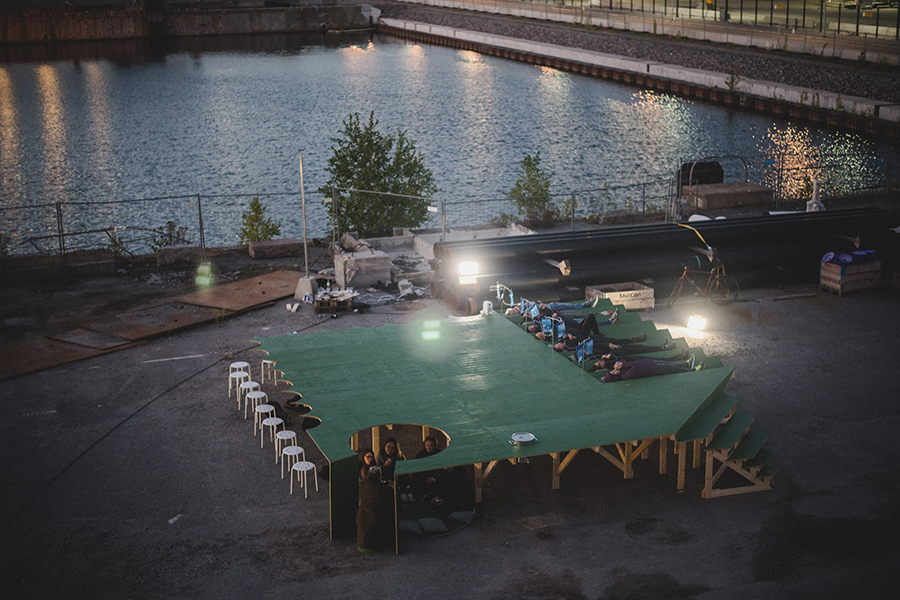
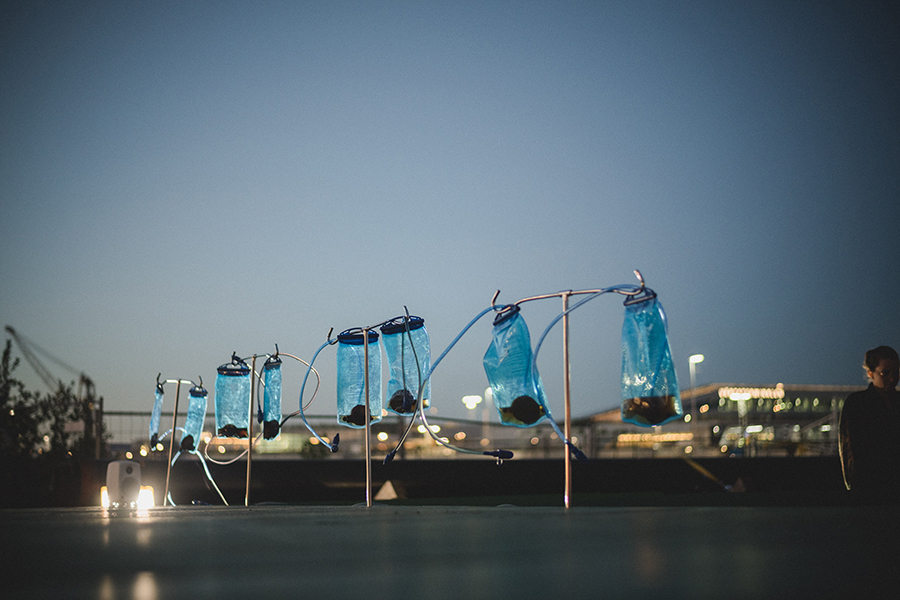
___
Photos 11-23 by Jana Eriksson